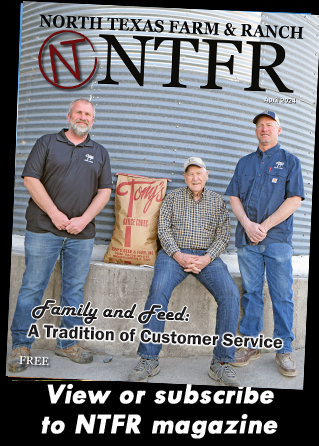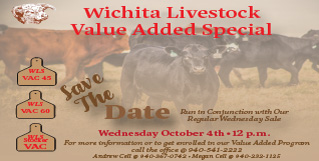Farm & Ranch
[AgriLife Today] As DNA tests become more common, researchers rapidly add equipment to keep up
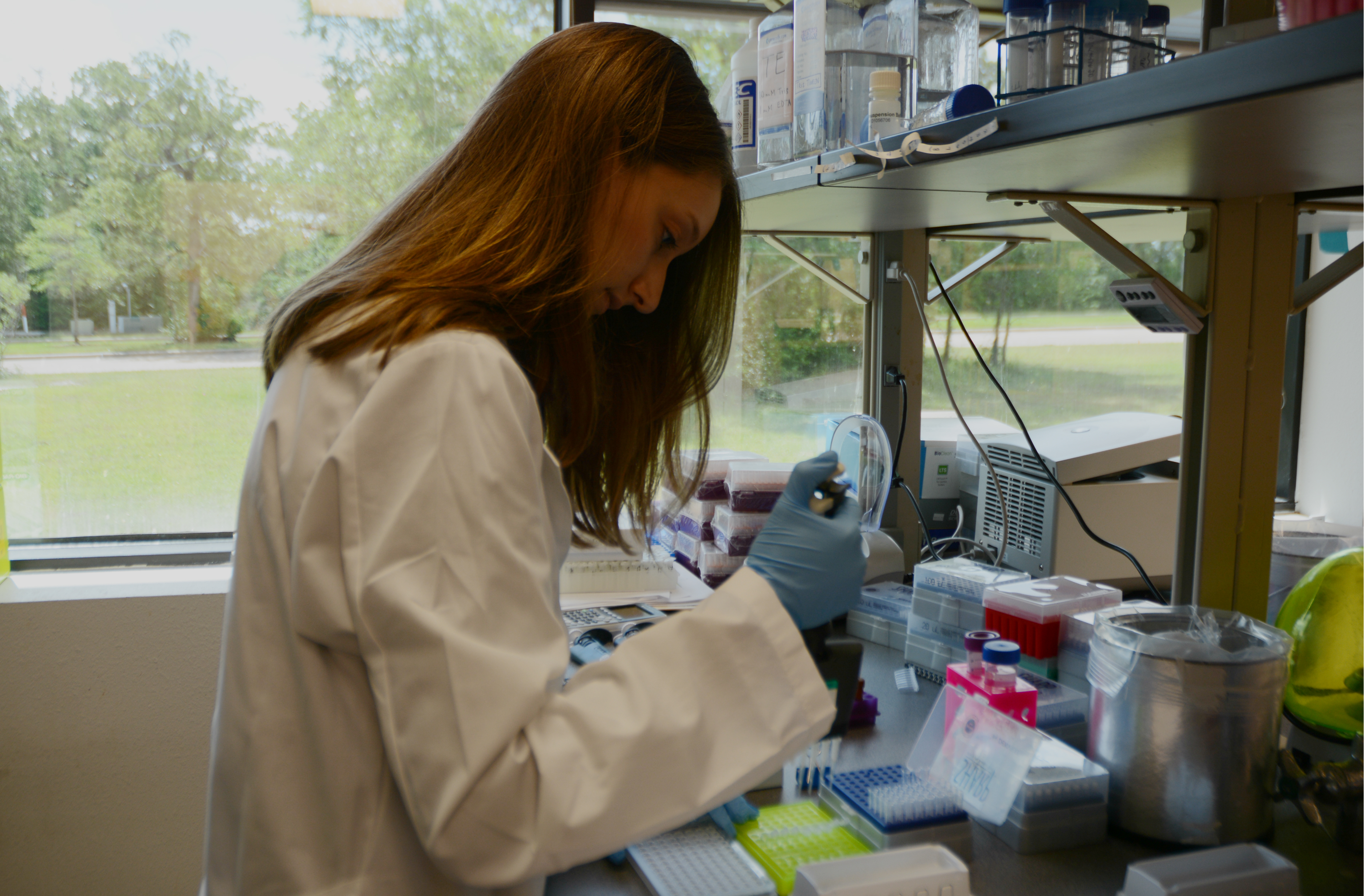
By: Kathleen Phillips
Writer: Kathleen Phillips, 979-845-2872, [email protected]
Contact: Dr. Charlie Johnson, 979-862-3287, [email protected]
(Editors: April 25 is National DNA Day commemorating the day in 1953 when scientists published papers in the journal Nature on the structure of DNA. Now, 64 years later, the concept is much more familiar to the average person.)
COLLEGE STATION — Unless your career wardrobe consists of multiple white lab coats and your office has a cache of test tubes, you probably don’t remember where you were when it was announced that the human genome had been sequenced.
But, if you know that you can now dish out $100 to map your ancestral migration through history, the term “DNA” may roll off the tongue like the ABCs.
The surge in genetic research and its increasing acceptance in the general public bodes well for health, agriculture and natural resources discoveries — not to mention genealogy enthusiasts. This has scientists scampering to keep up with the technology, according to Dr. Charlie Johnson, director of the Genomics and Bioinformatics at Texas A&M AgriLife Research in College Station.
It’s been a productive 20-plus years since two bacterial genomes were first sequenced in 1995, according to the National Institutes of Health-National Center for Biotechnology Information. Almost 125,000 organisms have been sequenced, including — to help pinpoint your ancestry — the human genome in 2003.
“The technology is relatively new. Before 2007, sequencing was very difficult, slow and laborious,” Johnson said. “The human genome project, for example, started in 1990 and took 13 years to complete at a cost of about $3 billion.”
Once science got a grasp of the technology, however, researchers from agriculture to zoology clearly saw how peering into the innermost level of an organism’s existence might help address issues such as disease, drought and pestilence.
One problem, however, was cost, Johnson noted.
“The kind of instruments needed to do sequencing are not affordable for a single lab to own,” he said. “On the average, they cost about $1 million apiece. And it would be hard for any one investigator to generate enough research work to justify that investment.”
AgriLife Research, with its extensive scientific network across Texas, envisioned a bigger picture. In 2010, the agency hired Johnson to establish a central core of equipment and a set of experienced genomics technology scientists who could support researchers in a cost-effective, efficient way. Even more, they provide their expertise to scientists throughout the Texas A&M University System.
“Our reputation for scientific excellence and high-quality data has led to collaborations with scientists around the world, including groups in 35 countries,” Johnson noted. “Beginning in 2009 when the first next generation sequencing system was purchased and over the last eight years, AgriLife has continued to keep pace with a technology that is changing so fast. The cost of sequencing has dropped from $3 billion for the first human genome to less than $1,000 today and is expected to dip below $100 in the coming years.”
This month, the center will put in place an Illumina NovaSeq 6000, a machine Johnson said can yield the equivalent of 48 human-sized genomes in less than two days. This will significantly cut costs.
“Texas A&M AgriLife is one of the first academic institutions to have access to this technology,” Johnson said. “This is the right tool at the right time to face this new era of big agri-genomics, and we are thrilled to be part of it.”
In essence, like one’s cellphone, DNA sequencing technology is ever-evolving at a frantic pace, he said.
“If you are not constantly upgrading, you quickly fall behind. We work hard to get these new machines so we can continue to provide the highest quality data using the latest genomic technologies to give our collaborators the biggest bang for the buck,” he said.
The center has more than 350 principal investigators in collaboration and has grown from “essentially doing a few projects a year to now basically adding one project a day,” Johnson noted.
And genome sequencing is only part of the effort. Johnson’s team also has an active bioinformatics research program, providing data analysis for researchers.
“Genome sequencing produces a massive amount of data,” he said. “Imagine a library stack of encyclopedias. Grind them up in a paper shredder, and you end up with strings of letters. The challenge is to put all those back together into the book that describes what you sequenced. Then you can use that information to make some discovery or find out something useful.”
Researchers who collaborate with the center agree.
“Working with the center can be faster and cheaper than outsourcing to other labs,” said Dr. Bill Murphy, professor of veterinary integrative biosciences at Texas A&M. “The acquisition of the PacBio machine was instrumental because few if any core labs offer this type of sequencing as a service. The availability of the instrumentation at the core labs has helped in obtaining my lab’s funding from the National Science Foundation, Morris Animal Foundation and Winn Feline Foundation.”
Murphy, whose lab works on generating an accurate genome sequence for the domestic cat, said a genome sequence allows researchers and veterinarians to identify the genetic bases of diseases, which can lead to the development of genetic tests and therapeutics to reduce the incidence of specific diseases within pet breeds and across the random-bred population.
“AgriLife has also generated genome sequence data from more than a dozen wild cat species, which has helped improve our understanding of cat evolution, hybridization and measure of genetic diversity that are relevant to guiding conservation practices,” Murphy said.
“The scope of what we do across AgriLife, the veterinary school, the medical school and engineering is extremely broad,” Johnson said. “Being able to work with them on their projects and finding out all that is going on in research is incredible.”
-30-
Find more stories, photos, videos and audio at http://today.agrilife.org
Farm & Ranch
Hazards of Backyard Poultry
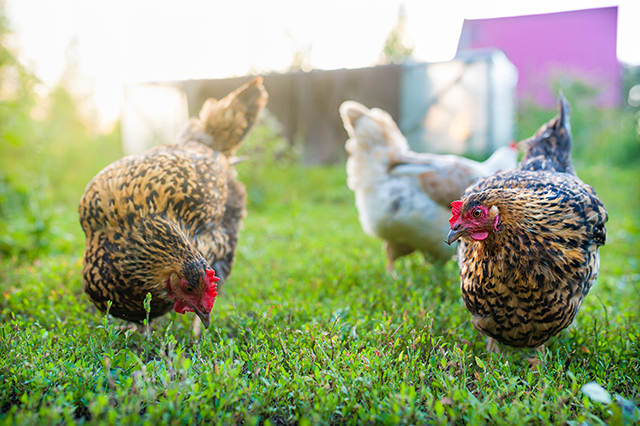
By Barry Whitworth, DVM
Having backyard poultry is a popular agriculture enterprise. According to the United States Department of Agriculture, 0.8 percent of all households in the United States have chickens. People keep chickens for a variety of reasons with table eggs being one of the more common reasons.
Unfortunately, some of these poultry producers are not aware of the hazards that come with keeping poultry because many times they carry pathogens but appear healthy.
Chickens are carriers of several zoonotic diseases. These are diseases that can be passed from animals to humans. According to a recent survey in Pennsylvania, a majority of backyard poultry producers were aware of the dangers of avian influenza. However, this study also revealed that far fewer producers were aware of the risk of possible exposure to Salmonella and Campylobacter.
The lack of knowledge about the hazards of raising poultry likely contributes to the continued issues of Salmonella outbreaks associated with backyard poultry. In 2023, the Centers for Disease Control and Prevention reported 1,072 illnesses of Salmonella linked to backyard poultry, and 272 of those patients required hospitalization. Oklahoma reported 43 individuals with the disease.
To read more, pick up a copy of the April issue of NTFR magazine. To subscribe by mail, call 940-872-5922.
Farm & Ranch
Ag Elsewhere: Wyoming
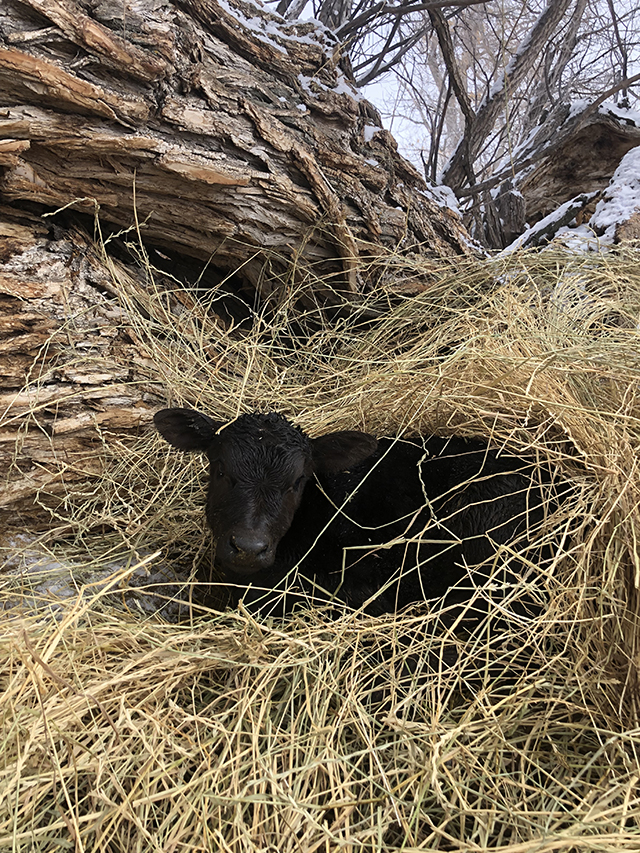
By Tressa Lawrence
Babies are tucked away in every nook and cranny. Many ranchers across Wyoming have baby animals popping up all over this time of year.
Farm & Ranch
Ag Elsewhere: Montana
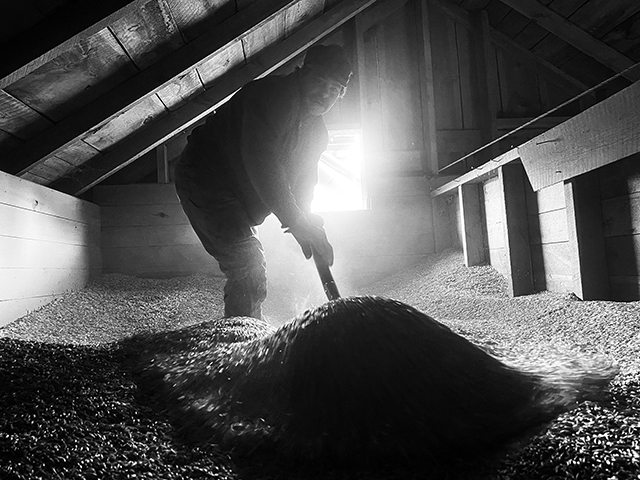
By Lindsey Monk
Another load of grain in to keep feeding the calves until the green grass can really start popping.
-
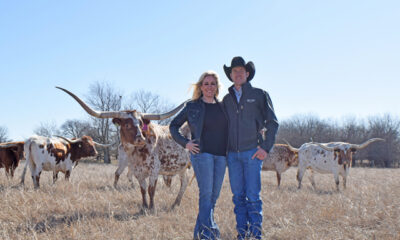
 Country Lifestyles1 year ago
Country Lifestyles1 year agoScott & Stacey Schumacher: A Growth Mindset
-

 Equine7 months ago
Equine7 months agoThe Will to Win
-

 Country Lifestyles7 years ago
Country Lifestyles7 years agoStyle Your Profile – What your style cowboy hat says about you and new trends in 2017
-
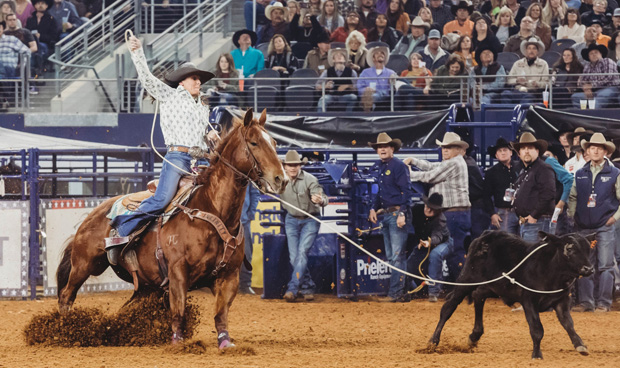
 Country Lifestyles4 years ago
Country Lifestyles4 years agoAmber Crawford, Breakaway Roper
-
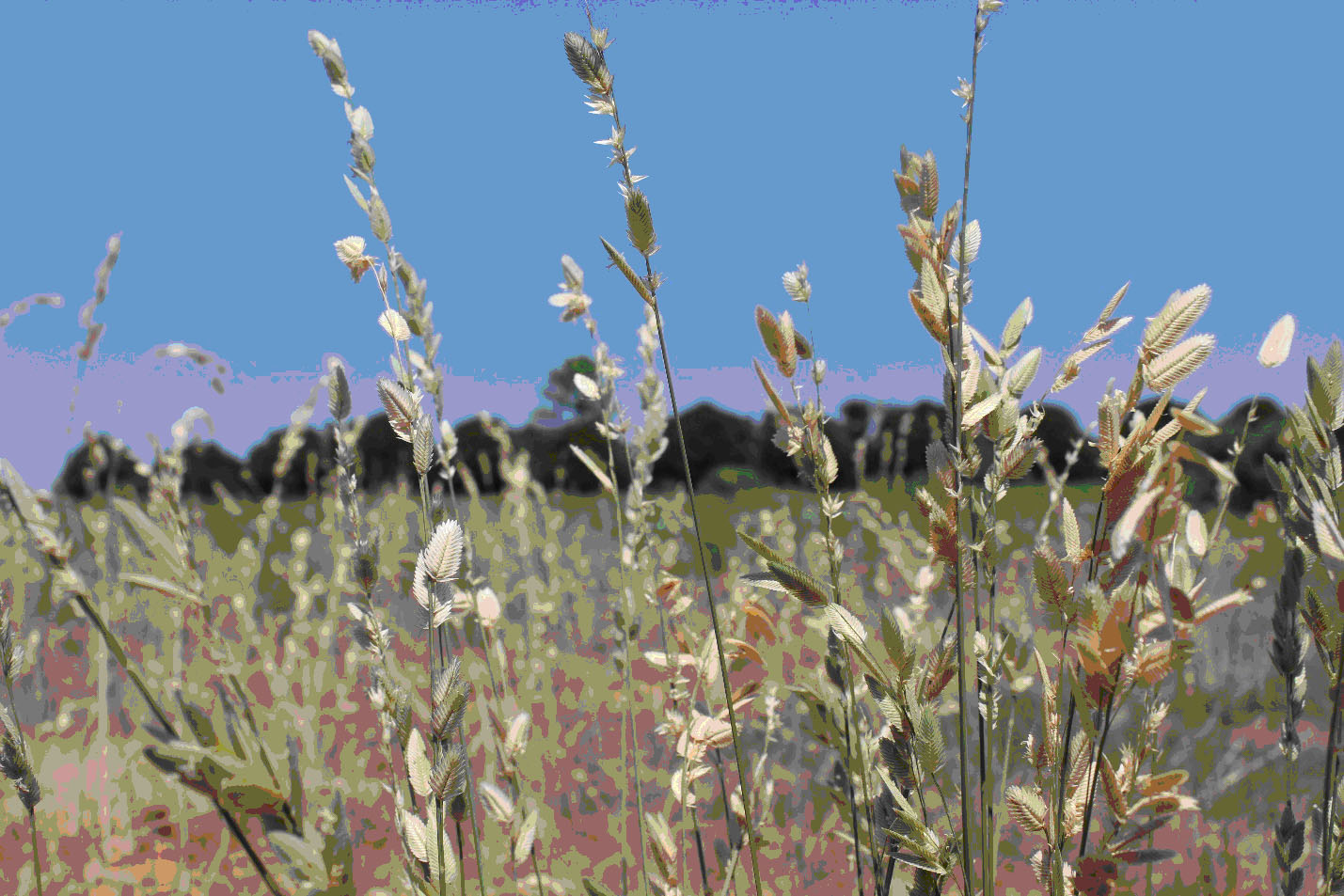
 HOME7 years ago
HOME7 years agoGrazing North Texas – Wilman Lovegrass
-
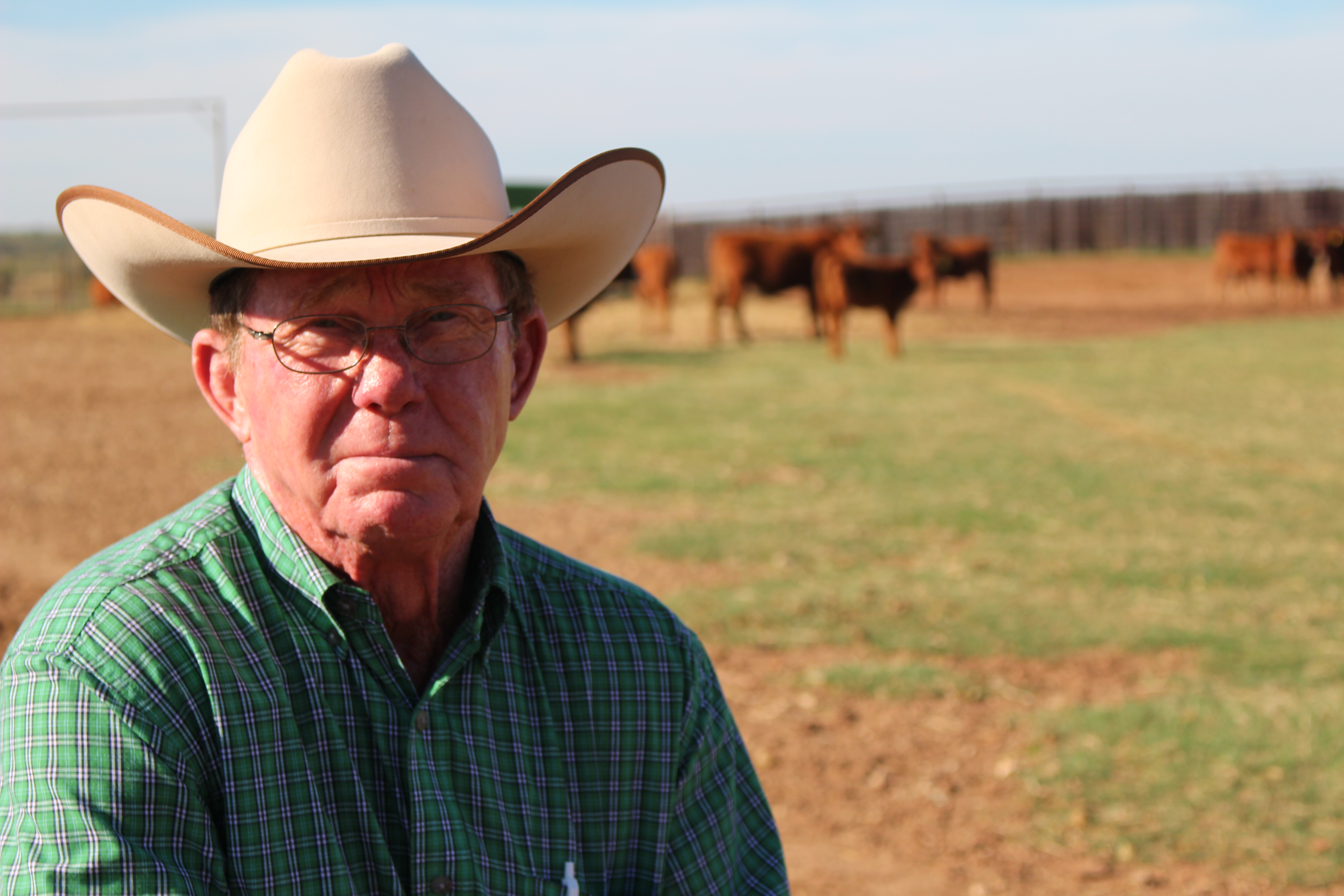
 Country Lifestyles7 years ago
Country Lifestyles7 years agoDecember 2016 Profile, Rusty Riddle – The Riddle Way
-

 Country Lifestyles8 years ago
Country Lifestyles8 years agoJune 2016 Profile – The man behind the mic: Bob Tallman
-
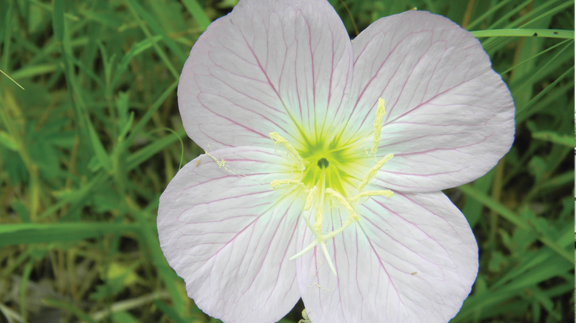
 Outdoor9 years ago
Outdoor9 years agoButtercup or Primrose?

